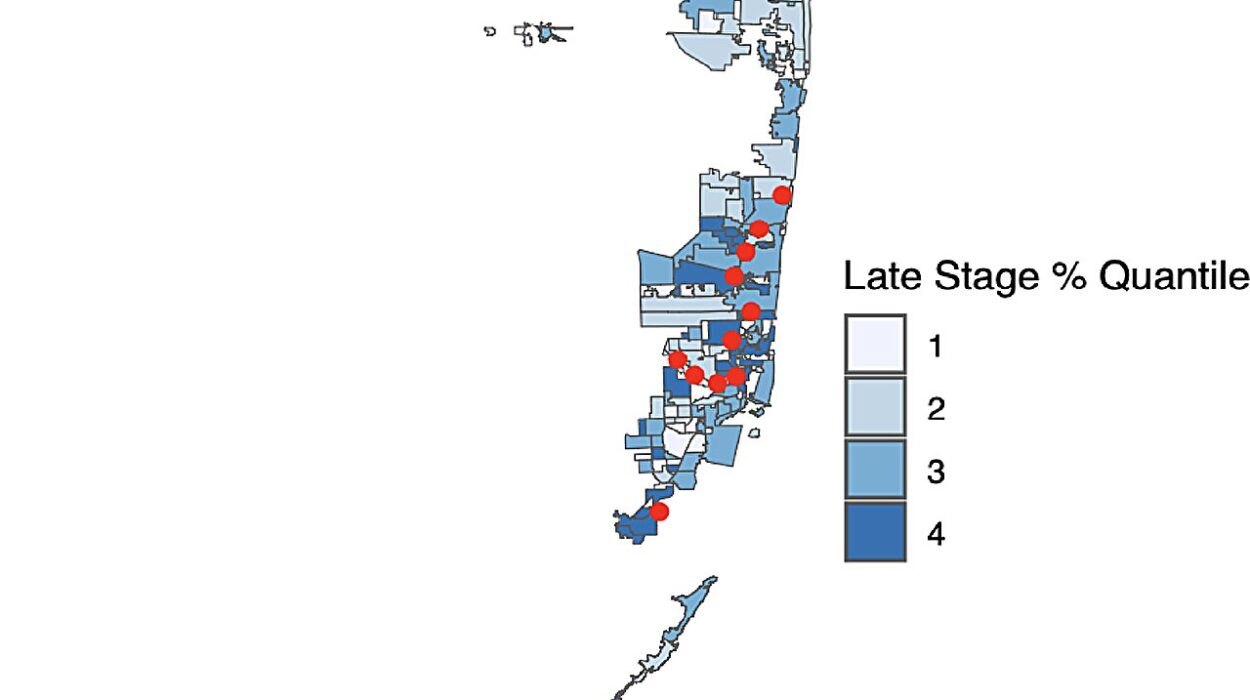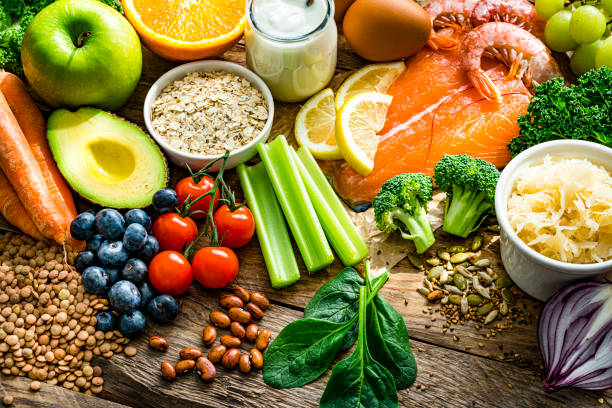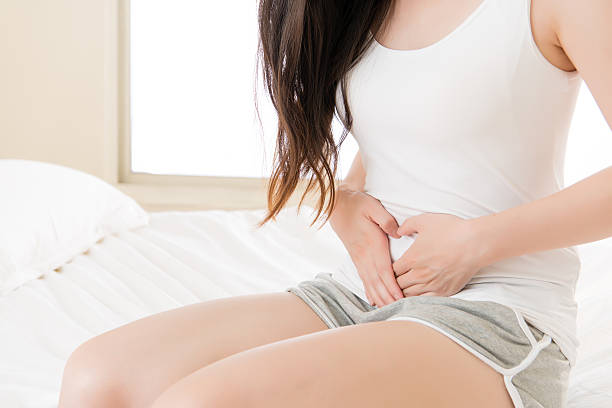Every day, millions of people around the world begin to lose pieces of themselves—memories slipping like grains of sand, familiar faces becoming strangers, once-simple words retreating into fog. Dementia is not one disease but many, a complex network of brain disorders that erode identity, behavior, and life itself.
Yet for all our medical advancements, diagnosing dementia has remained frustratingly imprecise. Even in world-class clinics, patients often endure a battery of cognitive tests, blood work, imaging scans, and specialist visits, only to receive a diagnosis clouded in uncertainty. Is it Alzheimer’s? Lewy body dementia? Frontotemporal degeneration? Sometimes even seasoned neurologists must say, “We’re not sure.”
Now, a breakthrough from Mayo Clinic may offer clarity where there was once only confusion.
Introducing StateViewer: AI That Sees What the Eye Cannot
In a study published June 27, 2025, in Neurology, Mayo Clinic researchers unveiled StateViewer, an artificial intelligence (AI) tool that deciphers complex brain activity patterns to help clinicians identify nine different types of dementia, including Alzheimer’s, using just one common scan.
Trained on more than 3,600 brain scans—including data from both patients with dementia and individuals with healthy cognition—StateViewer accurately identified the correct type of dementia in 88% of cases. More astonishingly, it helped doctors interpret brain images nearly twice as fast, with up to three times the diagnostic accuracy compared to traditional methods.
For Dr. David Jones, neurologist and director of the Mayo Clinic Neurology Artificial Intelligence Program, this is more than a technical feat—it’s a human one.
“Every patient who walks into my clinic carries a unique story shaped by the brain’s complexity,” he said. “That complexity drew me to neurology. StateViewer reflects my commitment to clearer answers—a step toward earlier understanding, more precise treatment, and, one day, changing the course of these diseases.”
Reading the Brain Like a Map
At the heart of StateViewer’s power is its ability to interpret a scan known as FDG-PET (fluorodeoxyglucose positron emission tomography), which tracks how the brain uses glucose—the fuel that powers cognition, memory, and emotion. These scans show subtle metabolic activity across different brain regions, like a thermal map of thought.
But interpreting them is notoriously difficult, even for experts. That’s where StateViewer’s machine learning algorithm excels. It compares a patient’s scan against a vast library of brain images from people with confirmed diagnoses, searching for hidden patterns and correlations.
These aren’t abstract numbers. StateViewer transforms its findings into color-coded brain maps, highlighting which areas show abnormal activity and linking them to specific types of dementia. Alzheimer’s disease, for instance, tends to target regions responsible for memory and reasoning. Lewy body dementia affects movement and attention. Frontotemporal dementia disrupts language and social behavior.
Now, with these brain maps, even a non-neurologist can see—visually and instantly—what the disease is doing inside the skull.
A Machine That Remembers What Doctors Can’t
Leland Barnard, Ph.D., the data scientist leading the engineering behind StateViewer, emphasized the emotional weight behind the code.
“As we were designing StateViewer, we never lost sight of the fact that behind every data point and brain scan was a person facing a difficult diagnosis and urgent questions,” he said. “Seeing how this tool can provide real-time, precise insights is a reminder of how AI can truly support human care.”
That support could make a world of difference in everyday clinical settings—especially in hospitals and clinics that don’t have access to top-tier neurologists. By offering advanced diagnostic insight through a simple, easy-to-read interface, StateViewer has the potential to bring world-class dementia care to any clinic with an internet connection and a scanner.
And in diseases where time is everything, early and accurate diagnosis can shape treatment plans and offer patients more precious moments of clarity, independence, and connection.
A Growing Crisis, and a Critical Opportunity
More than 55 million people currently live with dementia worldwide—a number expected to more than double by 2050. Alzheimer’s alone is now the fifth leading cause of death globally. Each year brings 10 million new diagnoses, many of which go undetected or misclassified until symptoms are severe.
Part of the challenge lies in dementia’s overlapping symptoms. A patient struggling with focus could have Alzheimer’s, frontotemporal dementia, depression, or another unrelated neurological issue. Often, multiple dementias coexist, making the clinical picture even blurrier.
StateViewer doesn’t just offer an educated guess. It digs deeper, distinguishing combinations of conditions, providing clear visual support, and identifying nuances invisible to the human eye. It doesn’t replace the physician—it sharpens their tools.
“This tool isn’t about AI making the diagnosis for us,” Dr. Jones clarified. “It’s about augmenting human expertise with deeper insight—supporting clinicians in making faster, more confident decisions when it matters most.”
Where Science Meets the Soul
Beyond the technology, StateViewer represents something more profound: a new kind of partnership between medicine and machine—where artificial intelligence listens carefully, watches closely, and helps us do what we’ve always longed to do better—understand the mind.
This is personal. For families wrestling with vague diagnoses, for patients caught in the fog of uncertainty, and for physicians trying to offer hope in a sea of unknowns, StateViewer is more than software. It’s a kind of lens—one that brings the invisible into focus.
And while it may not be the final answer, it brings us closer. Closer to earlier treatments. Closer to preserving the self. Closer to giving every patient not just more time—but more truth.
What Comes Next
Mayo Clinic researchers plan to expand StateViewer’s testing across diverse clinical settings. The goal is to see how the tool performs in smaller hospitals, rural clinics, and international health systems where neurology expertise is limited.
If proven reliable in these broader environments, StateViewer could transform dementia diagnosis on a global scale, democratizing access to precision care.
There’s still much to do. No AI tool can halt dementia. But this one might help catch it earlier, manage it smarter, and treat it better.
In the long arc of neuroscience, StateViewer could mark a turning point—a moment when machines began to illuminate what was once only guessed at in shadows. And for millions of people beginning to forget, it might just help us remember.
Reference: Leland Barnard et al, An FDG-PET–Based Machine Learning Framework to Support Neurologic Decision-Making in Alzheimer Disease and Related Disorders, Neurology (2025). DOI: 10.1212/WNL.0000000000213831






